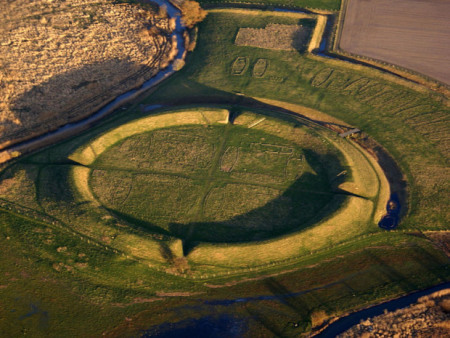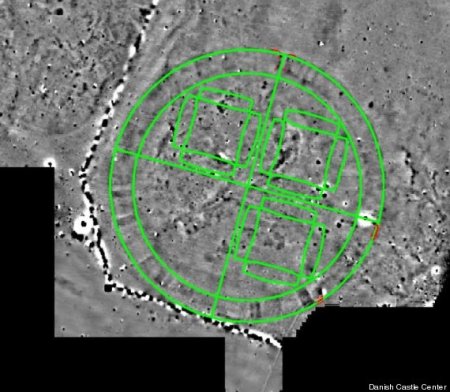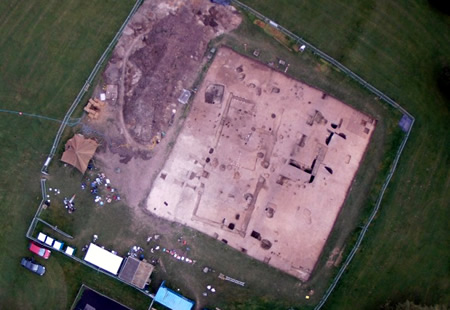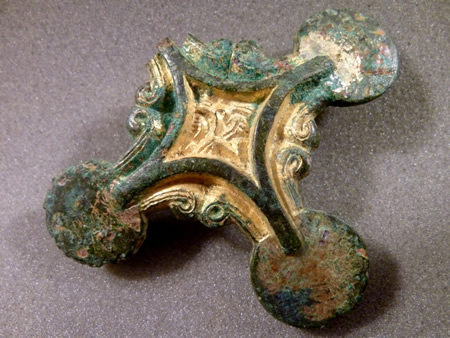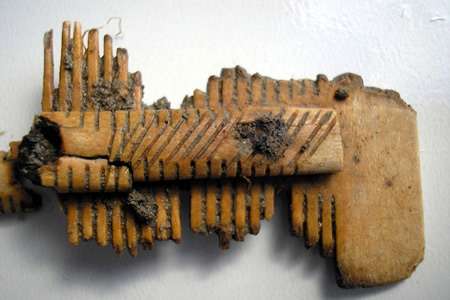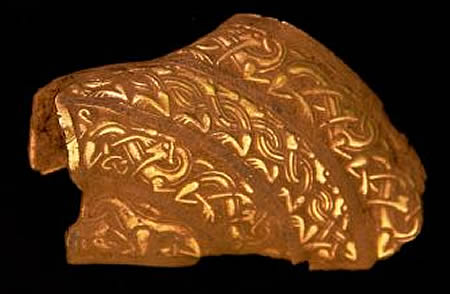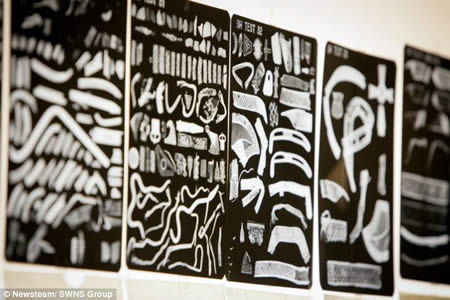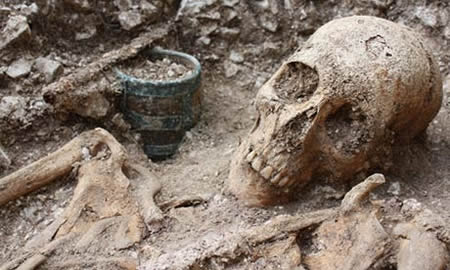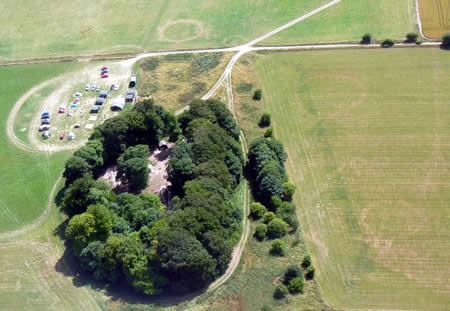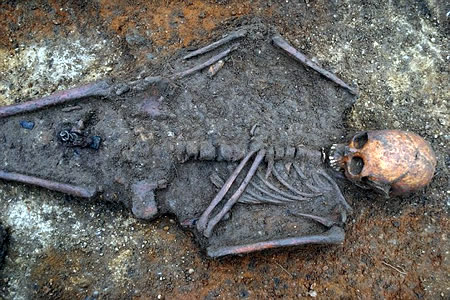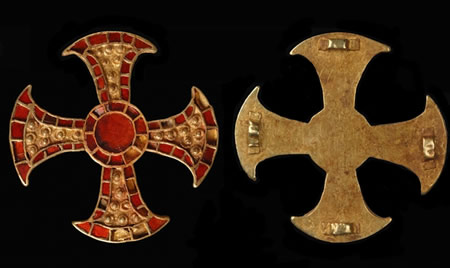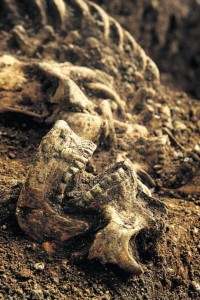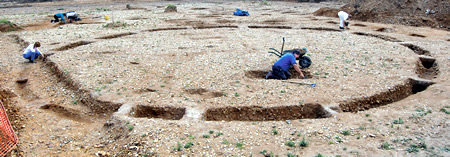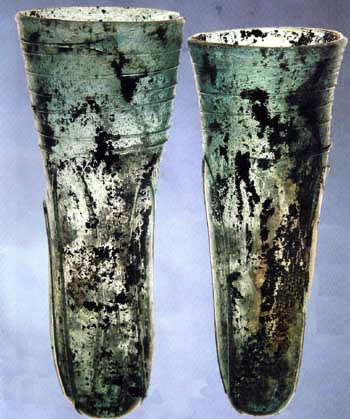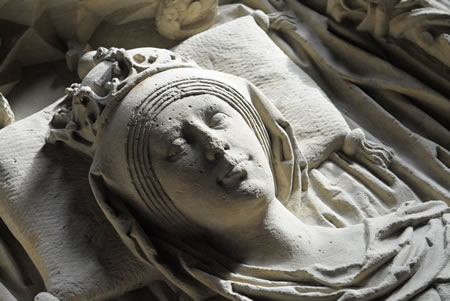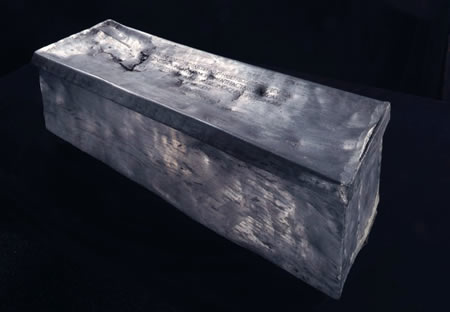The site of an ancient Danish ring fortress has been found near Koge. Danish archaeologists led by Dr. Nanna Holm and assisted by researchers at the University of York, used gradiometry to discover the 475 foot diameter fort. Gradiometry measures variations in earth’s magnetism. The exact date of the fort is still unknown, but it is believed to contemporary with King Harald I Bluetooth or Sweyn Forkbeard, the first Danish King of England.
Though the excavation is very preliminary, archaeologists have already discovered evidence of fighting at the site. Charred oak posts near one “entrance” indicate that the gate was burned down. Dendrochronological analysis should be able to determine the age of the gates.
This is the first Fyrkat fortress discovered in Denmark in more than 60 years.
- “Viking ‘ring fortress’ discovered in Denmark“, The Telegraph, 2014-09-06
- “Danish Archaelogists Find Viking Age Ring Fortress“, PastHorizons: Adventures in Archaeology, 2014-09-07
- “Viking ‘ring fortress’ discovered in Denmark may have been used to launch invasion of England in 1013“, National Post, 2014-09-07
- “New Viking Ring Fortress Discovered in Denmark“, Sci-News.com, 2014-09-08
- “1,000-Year-Old Viking Fortress Unearthed in Denmark“, Huffington Post, 2014-09-09

